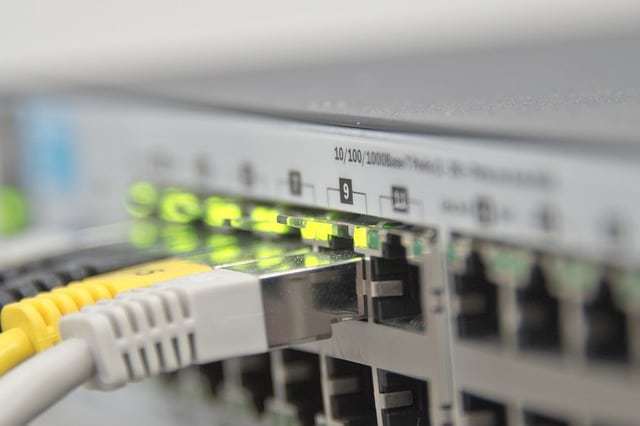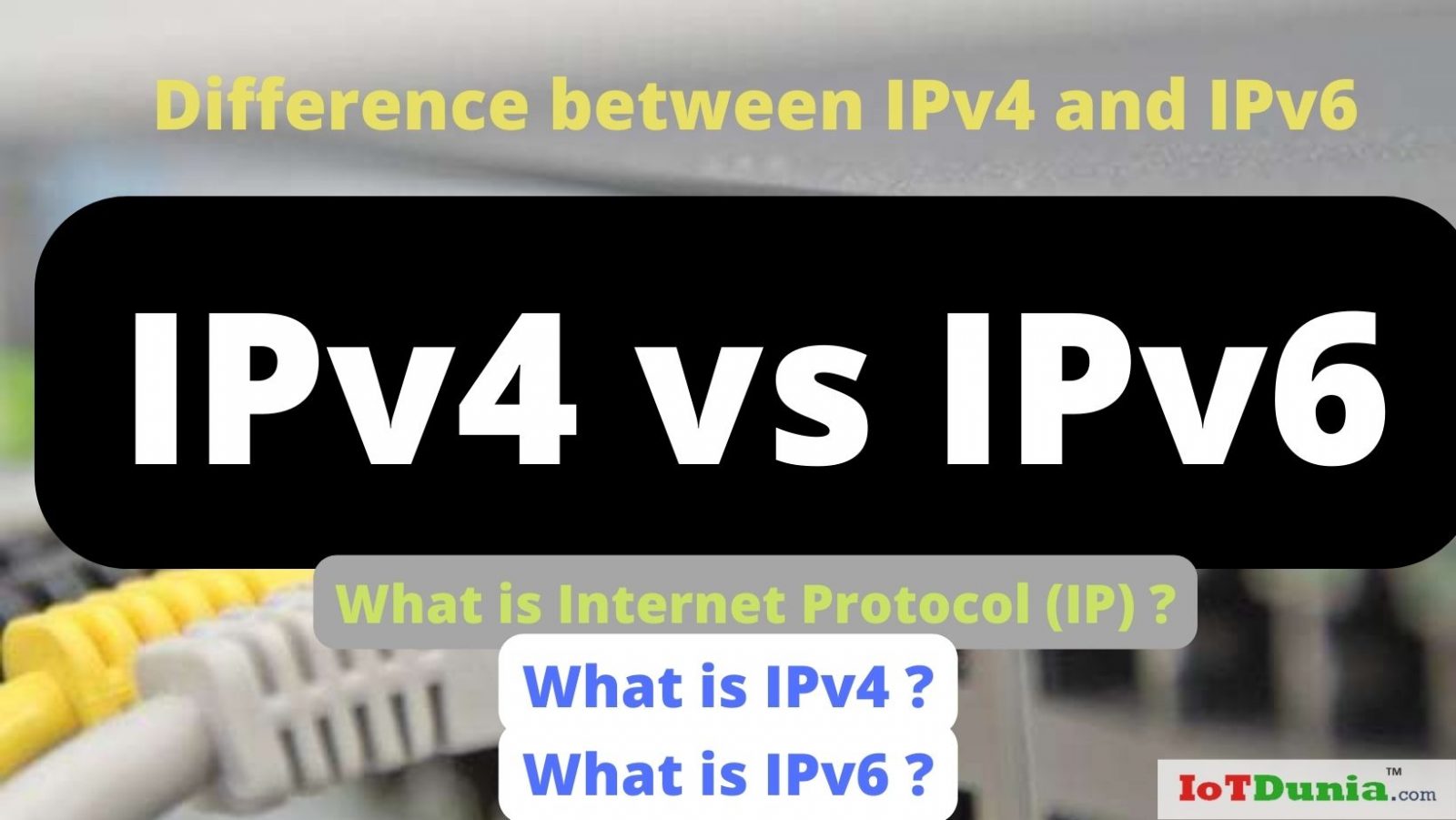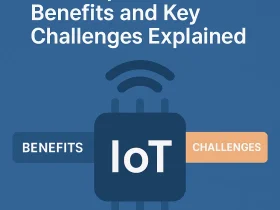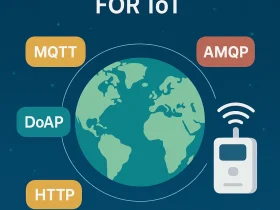Introduction to IPv4 and IPv6
You may be little bit confused about IP, IPv4 and IPv6. After reading this article you will get exact clarity on IP, IPv4 and IPv6 i.e IPv4 vs IPv6.
Here we go one by one
What is Internet Protocol (IP)?
- Internet Protocol is a set of technical rules that defines how computers communicate over a network.
- Internet Protocol addresses, or IP addresses, are a core a part of how the net operates. each device desires an IP address to attach to the net and communicate with other computers, networks and devices.
- To send information from one computer to a different through the online, an information packet should be transferred across the network containing the IP addresses of both devices. Without IP addresses, smartphone or computer wouldn’t be able to communicate and send information to each other.
There are presently two versions:
1) IP version four (IPv 4) and
2) IP version six (IPv6).
See also: Network Edge boosting ladder to the IIoT World
What is IPv4 ?
- Whenever a device access the internet (whether it is a computer, Mac, smartphone or different device), it’s assigned a unique, numerical IP address like 99.48.227.227.
- Address like 99.48.227.227 is example IPv4 .
- It is 32-bit numeric address (IPv4) is written in decimal as four numbers separated by periods. each number can be zero to 255, as an example, 1.160.10.240 could be an IP address.
- IPv4 uses 32-bit addresses for Ethernet communication in five classes, named A, B, C, D and E. Classes A, B and C have a different bit length for addressing the network host. Class D addresses are reserved for multicasting, while class E addresses are reserved for future use.
- IPv4 uses 32 bits for its web addresses. meaning it can support 2^32 ip addresses in total — around four billion There are simply over four billion IPv4 addresses. whereas that’s a lot of ip addresses, it’s not enough to last forever.
What is IPv6?
- Internet Protocol version 6 (IPv6) is that the latest IP revision, developed as a successor to IPv4.
- IPv6 provides a way larger address pool so that many more devices can be connected to the internet.
- IPv6 utilizes 128-bit web addresses. Therefore, it can support 2^128 web addresses — around 3.4 trillion . so IPv6 is long lasting for us. It additionally improves addressing and routing of network traffic.

How is IPv6 totally different than IPv4?
- IPv6 differs from IPv 4 in many ways, including address size, format, notation, and possible combinations.
- An IPv6 address consists of 128 bits (as opposed to the 32-bit size of IPv4 addresses) and is expressed in hexadecimal notation.
- IPv6 addresses are 128-bit ip address written in hexadecimal and separated by colons.
- an example IPv6 address could be written like this: 3ffe:1900:4545:3:200:f8ff:fe21:67cf.
- check more details of IPv4 vs IPv6 bottom of article.
see also: Software Defined Networking (SDN) for the Internet of Things
Problem we are facing with IPv4
- In the market IPv 4 address area is sort of exhausted globally however the demand for addresses continues because the internet grows.
- An estimated 40 % of the world’s population (world population is around 7 billion today) currently has internet access, and this is expected to rise to 52 % by 2020.
- IPv4 utilize 32 bit Internet address , there for it only provide over 4 billion unique internet address . If we handed out just one IPv 4 address to every person, we would be 3 billion IP addresses short.
- This makes reclaiming lost address space essentially pointless. Since IPv 4 addresses are now a scarce resource .
- The other problem with IPv4 is network address translation (NAT). Overloaded NAT — one IP with multiple private IP’s behind it — breaks quite a few applications and provides no additional security against Internet threats.
How IPv6 Solve IPv4 problems ?
- IPv6 utilizes 128-bit internet addresses. Therefore, it can support 2^128 internet addresses — around 3.4 trillion . so IPv6 is long lasting for us.
- IPv6 eliminates the need for NAT by having more IP addresses than can possibly be used and assigning them sparsely. Since IP addresses are no longer a scarce commodity,
- Speed – many large content providers such as Google, Facebook and LinkedIn have converted their core architecture to preference IPv6
- IPv6 is most popular for IoT applications.
Difference between IPv4 and IPv6 (IPv4 vs IPv6)
| IPv4 | IPv6 | |
|---|---|---|
| Deployed | 1981 | 1999 |
| Address Size | 32 bit number | 128 bit number |
| Address format | Dotted Decimal Notation: 192.149.252.76 | Hexadecimal Notation: 3FFE:F200:0234:AB00: 0123:4567:8901:ABCD |
| Number of adresses | 2^32 | 2^128 |
| Prefix Notation | 192.149.0.0/24 | 3FFE:F200:0234::/48 |
Start today in terms of getting ready for IPv6. Audit your equipment to confirm the software or firmware it is running supports IPv6.
For more details about how to switch to IPv6 from IPv6 ,visit websites mentioned in references
See also: 5G and IoT – How 5G can improve IoT connectivity?
Let us know what you think about “ “difference between ipv4 and ipv6 in computer network” IPv4 vs IPv6” in comment section below.
If you like this article subscribe our YouTube Channel for IoT video Tutorials.
“Knowledge increases by Sharing , Please share”.
References :










Leave a Review